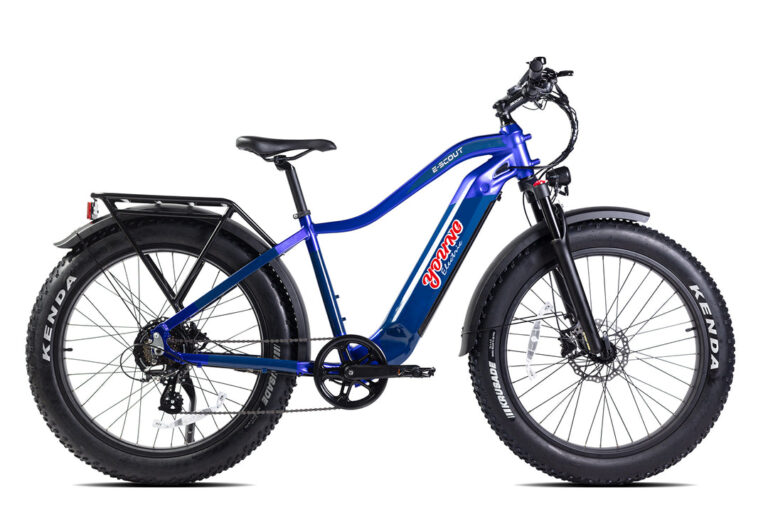What is Data Scraping Service and How Does It Work?
In today’s data-driven world, businesses and individuals alike are constantly seeking ways to extract valuable information from the vast expanse of the internet. This is where data scraping services and web crawling services come into play. These powerful tools are essential for gathering data from websites, transforming raw information into actionable insights. In this comprehensive article, we will delve deep into the world of data scraping services, exploring what they are, how they work, and their significance in the modern era of information retrieval.
Understanding Data Scraping Service
Data scraping service refers to the process of extracting data from websites automatically, often in a structured and organized format. This data can encompass a wide range of information, from product prices and reviews to news articles and social media posts. It serves various purposes, such as market research, competitive analysis, lead generation, and more.
Why Data Scraping Matters
Data scraping services are crucial because they enable individuals and businesses to access, analyze, and utilize vast amounts of data from the internet. This data can provide insights into market trends, consumer behavior, and competitor strategies, among many other valuable pieces of information. Without data scraping services, much of this data would remain hidden or require manual extraction, a time-consuming and often impractical endeavor.
How Does Data Scraping Service Work?
Data scraping services employ a sophisticated set of tools and techniques to retrieve data from websites efficiently. Here’s a detailed breakdown of how they work:
1. URL Selection
The process begins with selecting the target websites or web pages from which data needs to be extracted. Users specify the URLs or website sources they want to scrape. These URLs can range from e-commerce sites and news portals to social media platforms and government databases.
2. Web Crawling
Web crawling is a crucial component of data scraping. It involves navigating through the selected websites, following links, and identifying the data to be extracted. This is done using automated bots or spiders that mimic human browsing behavior. These bots visit web pages, interact with elements, and traverse the site’s structure to locate relevant data.
3. HTML Parsing
Once the relevant web pages are accessed, the HTML content is parsed to identify and extract specific data elements, such as text, images, tables, or other structured information. HTML parsing involves analyzing the page’s structure and applying rules to extract the desired data accurately.
4. Data Transformation
The extracted data is often unstructured or semi-structured, so it needs to be transformed into a usable format. This can involve cleaning, filtering, and organizing the data into a structured database or spreadsheet. Data transformation aims to make the information coherent and ready for analysis.
5. Storage and Delivery
The scraped data is then stored in a database or file system for further analysis. Some data scraping services also offer real-time data delivery options to clients through APIs, allowing for immediate access to the extracted information. Storing the data is crucial for long-term analysis, historical comparisons, and creating datasets for various applications.
Significance of Data Scraping Service
Data scraping services have become indispensable in numerous industries for several reasons:
Competitive Intelligence: Businesses can monitor competitors’ pricing, products, and market strategies to gain a competitive edge. By regularly scraping competitor websites, companies can adjust their own strategies to stay ahead in the market.
Market Research: Researchers can collect data on consumer preferences, trends, and market dynamics to make informed decisions. This is particularly valuable for product development, marketing campaigns, and identifying emerging market opportunities.
Lead Generation: Sales and marketing teams can extract contact information and potential leads from various sources, such as business directories or social media profiles. This streamlines the lead generation process, enabling businesses to target potential customers more effectively.
Content Aggregation: Media and publishing companies can automate the process of collecting news articles, blog posts, and social media content. This not only saves time but also ensures that their content is up-to-date and comprehensive.
Price Comparison: Consumers can compare prices for products and services across multiple websites to find the best deals. Price comparison websites rely heavily on data scraping to provide accurate and real-time pricing information.
Government and Social Analysis: Governments and organizations can track social sentiment and public opinions for policymaking and trend analysis. By scraping social media platforms and news websites, they can gauge public sentiment on various issues and respond accordingly.
E-commerce Optimization: Online retailers can monitor product availability, customer reviews, and pricing to optimize their e-commerce platforms. This helps them stay competitive in the online marketplace and provide a better shopping experience for customers.
FAQs
Q1. Is data scraping legal?
A1. Data scraping can be legal or illegal, depending on how it’s used. It’s generally acceptable for personal use or for accessing publicly available data. However, scraping private or copyrighted information without permission may lead to legal issues. It’s essential to review and comply with the terms of service of the websites you intend to scrape.
Q2. Can data scraping services access any website?
A2. While data scraping services can access most websites, some websites employ measures like CAPTCHAs or IP blocking to prevent scraping. In such cases, specialized techniques and tools may be needed to bypass these obstacles. However, it’s crucial to respect website policies and not engage in malicious scraping activities.
Q3. Are there ethical considerations for data scraping?
A3. Yes, ethical considerations are essential when using data scraping services. Scraping should respect website terms of service, avoid overloading servers with excessive requests, and prioritize user privacy. Responsible scraping practices involve obtaining data with consent or from publicly available sources. It’s crucial to strike a balance between data access and respecting the rights and policies of website owners.
Conclusion
In conclusion, data scraping services and web crawling services have revolutionized the way we extract and utilize data from the internet. They empower businesses, researchers, and individuals to harness the vast amount of information available online for various purposes, from market analysis to content aggregation. Understanding the mechanics and significance of data scraping services is vital in today’s data-centric landscape.
The ability to collect, analyze, and leverage data from the web has opened up endless possibilities for innovation, research, and business growth. When used responsibly and ethically, data scraping services can be powerful tools for unlocking valuable insights from the web. As technology continues to evolve, data scraping services will undoubtedly play an even more significant role in shaping the future of data-driven decision-making. So, whether you’re a business looking to gain a competitive edge or a researcher seeking valuable insights, data scraping services are an indispensable part of the modern toolkit for extracting and utilizing web-based data.



